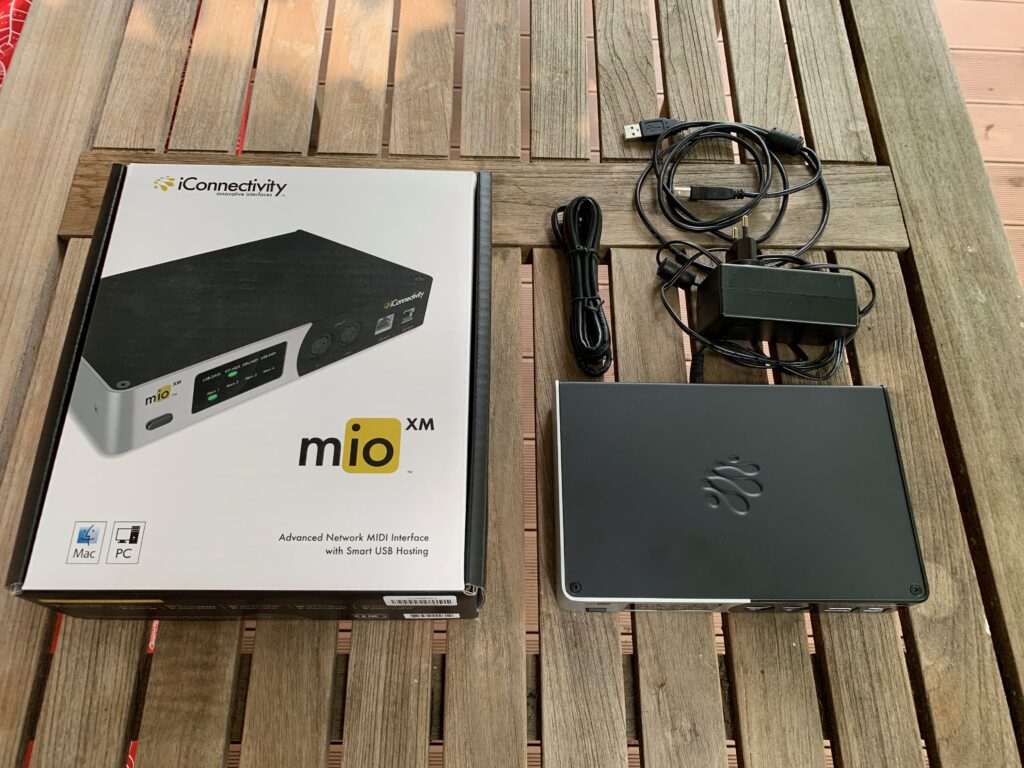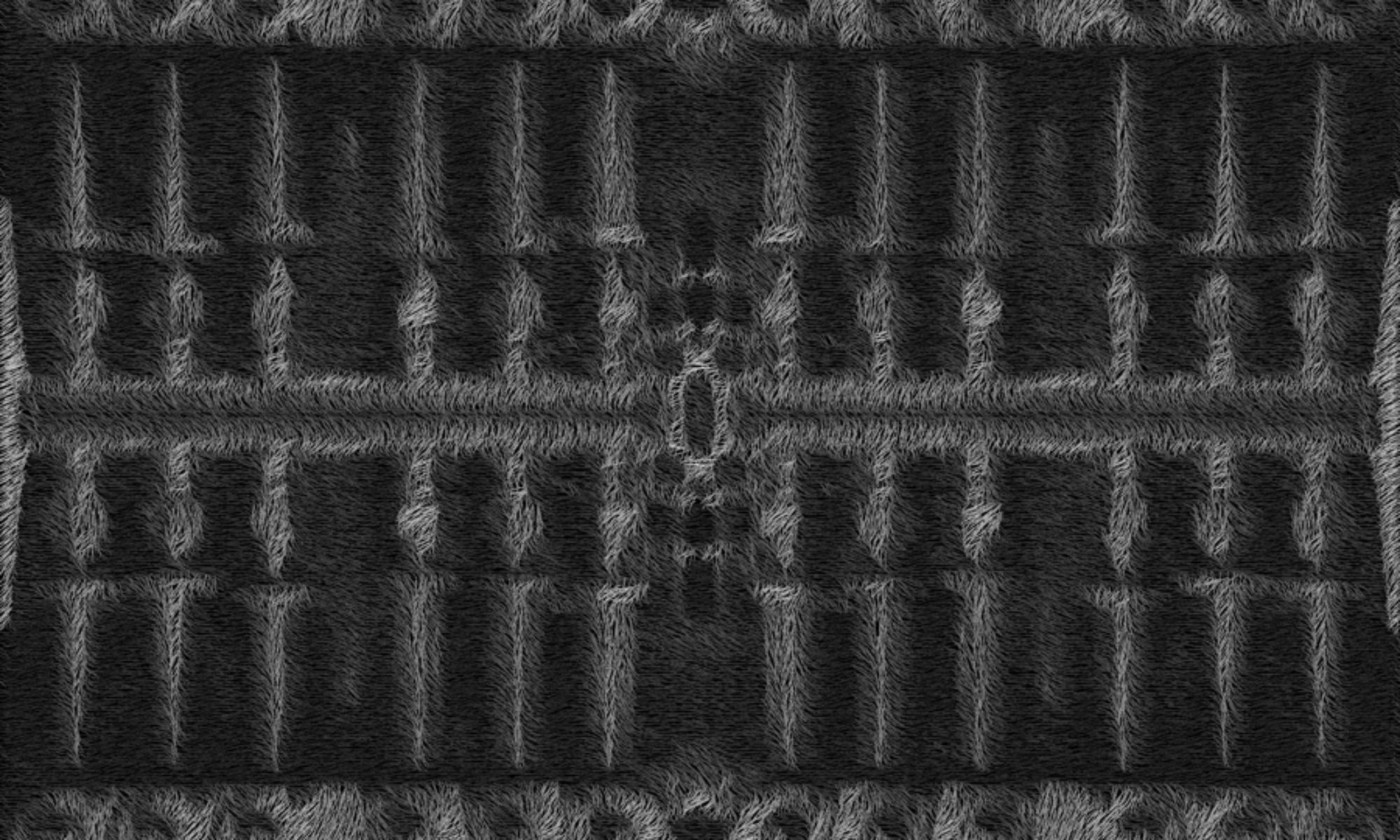
Today is a bit of a first. I’d like to share a few experiences – both positive and negative – about music production that I’ve had over the last few years with tools, hardware, software, VSTs, books and much more. I’ll try to keep each post short and sweet by following a very simple scheme: expectations based on the product description and the real experiences. Starting off this series of reviews is the iConnectivity MioXM. This device is a MIDI interface, and the manufacturer promises the following, quite wholeheartedly:
“More connectivity than you can shake a stick at. With mioXM™ it’s never been easier to get all of your MIDI gear talking to each other. Harness the power of our advanced computer and network connectivity and experience why mioXM redefines what a MIDI interface can and should do. Connect all your MIDI devices (USB-MIDI, DIN-MIDI, RTP/Network-MIDI) and let this rugged, versatile interface put you in control of your MIDI devices and workflow.”
Source: https://www.iconnectivity.com/mioxm, accessed 9/4/2022.
Expectations:
With this description we are already in the middle of the expectations I had for this device:
- To connect my computer (DAW, Ableton) to my creative corner (Pioneer Toraiz, Roland SE 02, Roland SH-01A, Korg Minilogue and Korg Monologue) and remotely control all the synthesizers.
- Using the sequencers on my iPad to control the aforementioned synthesizers/samplers.
- Connecting all devices to the MIDI interface (MIDI in and MIDI out).
- flexibly route all devices.
- Using the existing LAN cable to my creative corner without having to run 10 meter MIDI cables across my workroom again.
Experiences:
I should have taken the review on Amazona (https://www.amazona.de/test-iconnectivity-mioxm-mioxl-midi-interfaces/, accessed 9/4/2022) a bit more to heart. The author described an – to put it mildly – interesting round of tinkering on his Mac, at the end of which he got the whole system working after all.
I’ll make it short, in theory and in the really great tutorials the device worked perfectly. However, only Macs were used in the tutorials and never Windows machines. This should have given me food for thought. From the beginning, there were difficulties initiating RTP connections (network connection of computer/Ableton-MioXM/synthesizer) via the in-house software Auracle. Mostly it took a few minutes until a session was established at all and if it worked once, then not for long. Even after 2 firmware or 2 software updates it still didn’t work. In short, the device did not meet my most important requirement.
Stand-alone use with the iPad didn’t work either, as periodically the Audiobus 3 and AUM apps lost connection to the MioXM. Even with the original Apple camera connection kit, this happened with nice regularity. In short, the device did not meet my second most important requirement either.
Solution
So the decision was clear this summer, I will say goodbye to this solution and so the device ended up on eBay. Now I have a very well working simple solution with an ESI M4U eX (https://www.esi-audio.de/produkte/m4uex/, accessed 9/4/2022), which doesn’t have the capabilities of the MioXM, but it works with both the computer/Ableton and the iPad. And what is the most important? The whole solution is stable. Unfortunately, I did have to run two 9 meter MIDI cables this weekend. But it was worth it to me.
Whether the device works with a Mac I can not say, I have not tested. I personally would not buy it again.
I purchased all of the products mentioned myself, have no affiliation with any of the companies mentioned, and was in no way sponsored and/or paid for this review.
Stay tuned, there is more to come.
- How to make music: iConnectivity MioXM (short review)
- The lonely sneakers
- tante techno’s tea time – dj set april 2022.
- Track/Album Highlights # 18: ABC – Absolutely.
- house altar – dj set march 2022.
- Open the Noise Stage! The end of the lockdown is near! Once again?
- tante techno’s tea time – dj set february 2022.
- Track/Album Highlights # 17: Bee Gees – Saturday Night Fever.
- house altar – dj set february 2022.
- tante techno’s tea time – dj set january 2022.
